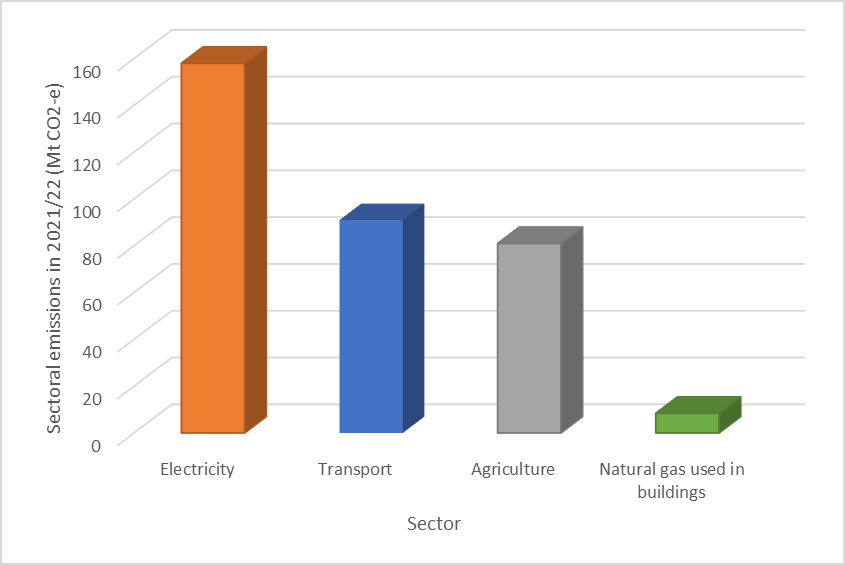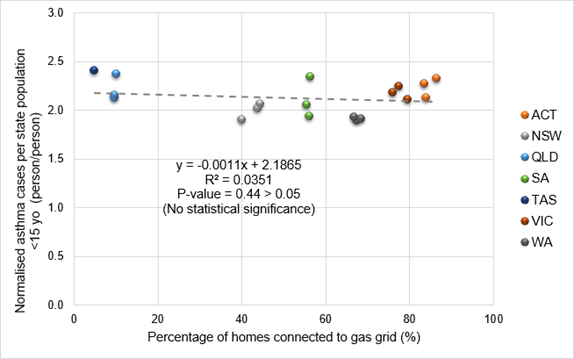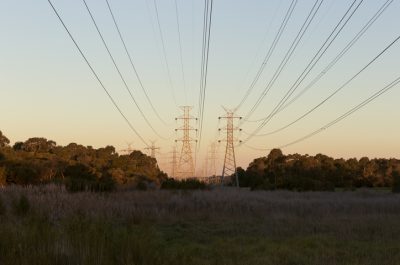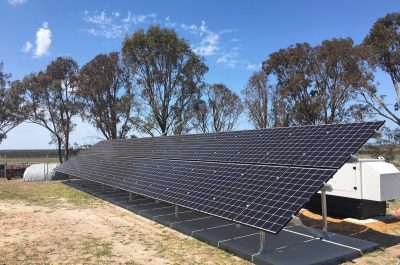I Quit Facts: The next campaign against gas
A new anti-gas campaign by the Climate Council calls for households to commit to disconnect their home from gas by signing an online pledge. The campaign promises bill savings, improved health and reduced emissions.
The Climate Council’s website states that it is Australia’s own independent, evidence-based organisation on climate science, impacts and solutions[1]. In in the past couple of years it has focused significant effort on anti-gas advocacy. Much of its campaigning is aimed at the more than five million homes in Australia connected to the gas network, most of which have a strong connection to their gas appliances[2].
Climate change is caused by increased greenhouse gas emissions to the atmosphere. Australia’s emissions amounted to 487 Mt CO2 in 2022, with one third of those coming from electricity generation (including coal, gas and oil), 19 per cent from transport and 17 per cent from agriculture. Emissions from gas use in buildings accounted for about 8 Mt CO2-e per year, which is less than two per cent of the national total.

Figure 1: Relative emissions by sector in Australia (Source: DCCEEW (2022), Australia’s emission projections; ENA analysis)
The Climate Council’s focus on getting households off gas will in most part not make any substantial impact to Australia’s overall emissions.
Its latest campaign “I Quit Gas” is based around three claimed benefits that do not hold up to scrutiny.
Claim 1: Save Money
The claim: Switching your cooktops, heaters and hot water systems to electric appliances could save you over $1800 a year, putting you back in control of your energy bills.
This claim is a common one from household appliance electrification advocates. It calls for and therefore assumes government subsidies to replace gas appliances with electrical appliances and then identifies potential bill savings from increased energy efficiency. What these claims ignore are the total costs of conversion including potential metering and wiring upgrades, potential repairs to the home, and they also do not consider that many homes may not be suitable for electrification[3].
In its own report, the Climate Council notes that the payback period for these electrical appliance upgrades is between eight and 19 years[4]. These payback figures assume favourable costs of electrification and ignore any potential electricity network upgrades. Any savings estimated are unlikely to eventuate from a combination of:
- The efficiency of the appliances decreasing over time eroding the calculated benefit
- Appliances would need to be replaced meaning that the initial investment was never recovered, hence no savings made in the long term.
Claim 2: Make your home safer
The claim: Studies have shown that gas cooktops leak harmful toxins into your home, even when they are switched off. In fact, a child living with gas cooking in the home faces a comparable risk of asthma to a child living with household cigarette smoke (5).
This claim has been rebutted by expert reviews. The world’s largest study on childhood asthma found that there was:
“No evidence of an association between the use of gas as a cooking fuel and either asthma symptoms or asthma diagnosis” (source: ISAC, 2013[5])
A 2023 review by Tormey and Huntley further found that:
Moreover, the data shows that in none of the regions studied was there a statistically significant relationship between NO2 (which comes from combustion of natural gas) and asthma. (Source: Tormey & Huntley, 2023[6])
Looking at Australian data shows that there is no clear or statistically significant correlation between gas in the home and the occurrence of asthma. These data sources debunk the Climate Council claim.

Figure 2: The historical occurrence of asthma by state compared to homes connected to gas (Source: ABS Data[7], ENA analysis)
Simply put, there is no published evidence that your home being connected to gas causes asthma or that disconnecting your home from gas will reduce the occurrence of asthma in Australia.
Claim 3: Cut emissions
The claim: Ditching harmful gas appliances from your home, (or if you’re a renter, switching over to a green energy provider) can also cut your household’s emissions by up to 2 tonnes a year (6) – now imagine if that was multiplied across every gas-connected home in Australia!
This claim assumes that any electrification will use 100 per cent renewable electricity, which is unlikely to be the case. The use of rooftop PV is often used to support this claim but the generation from rooftop PV is not coincident with the use of gas appliances (mainly at night for cooking and during winter for heating) so the electricity used to replace gas appliances is largely grid supplied, and currently highly coal and gas dependent.
Fortunately, you don’t need to remove gas appliances to reduce emissions. Every Australian can buy carbon offsets to reduce their emissions from electricity, gas, transport or other sources of emissions. These programs have been around for many years and are a cost-effective way for individuals to account for the emissions they are responsible for while at the same time not requiring major lifestyle changes. Many businesses offer opportunities to reduce emissions, with Climate Active[8] and Greenfleet[9] being a few examples. Beyond that, many gas distribution businesses have started producing renewable gas and offering it to customers[10].
In many ways, these offsetting schemes are similar to how many homes, companies and government agencies are able to claim they are using 100 per cent renewable electricity, while still being connected to a coal dominated electricity grid. A good example is the ACT Government claim that is has a 100 per cent renewable electricity supply even though only four per cent of its electricity supply is generated within the ACT and the remainder comes from surrounding regions. Indeed, the ACT is still connected to and benefits from the reliability and security of a coal-based grid, albeit one that is undergoing a transformation to decarbonise.
Reducing carbon from electricity has been enabled by government policies such as the RET and additional voluntary commitments. Similar voluntary schemes are available to customers to reduce their emissions from gas use without switching your appliances.
Emerging renewable gas opportunities create further ways to continue using gas appliances and reduce emissions.
Summary
Scare campaigns are an effective way to grab a media headline. But more often than not, the claims made in these campaigns do not hold up to scrutiny. Emissions from gas in households contribute less than two per cent of Australia’s emissions and the level of government intervention and subsidies for this sector will not make any substantial difference to Australia’s total greenhouse gas emissions.
Gas network businesses are already decarbonising and moving towards renewable gas options. Supportive policies, such as a renewable gas target, could help accelerate this journey to ensure we reach net zero emissions in the household gas sector line with national targets.
[1] https://www.climatecouncil.org.au/about/
[2] Sagacity Research (2022), Natural Gas Voice of the Customer, available from https://www.energynetworks.com.au/resources/reports/2022-reports-and-publications/
[3] Electrification is not suitable when you cannot access rooftop PV; or when you have complex buildings with high energy needs; or in smaller buildings as the space required for hot water heat pumps is much greater than for instantaneous gas hot water systems; or for heritage buildings that cannot be modified, etc.
[4] Climate Council (2022), Switch and Save, Table 4.
[5] International Study of Asthma and Allergies in Childhood (2013) for a cohort of 512,707 primary and secondary school children from 47 countries.
[6] Tormey & Huntley (2023), The Effects of Cooking on Residential Indoor Air Quality: A Critical Review of the Literature with an Emphasis on the Use of Natural Gas Appliances.
[7] ABS (2018), National Health Survey, First Results, https://www.abs.gov.au/statistics/health/health-conditions-and-risks/national-health-survey-first-results/latest-release#data-downloads
[8] https://www.climateactive.org.au/what-climate-active/carbon-offsets
[9] https://www.greenfleet.com.au/
[10] https://jemena.com.au/about/newsroom/media-release/2022/jemena-and-origin-energy-sign-renewable-gas-supply


